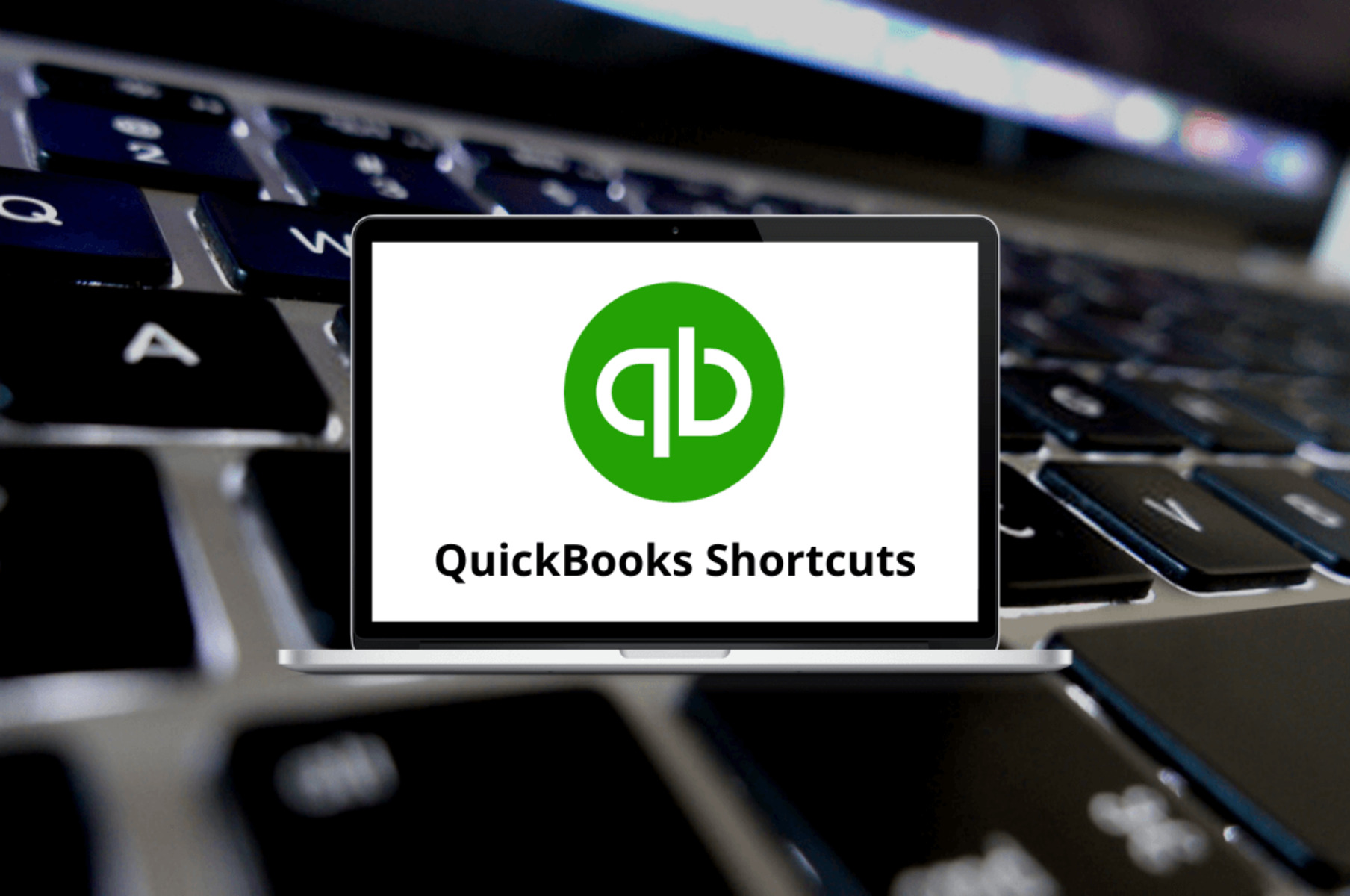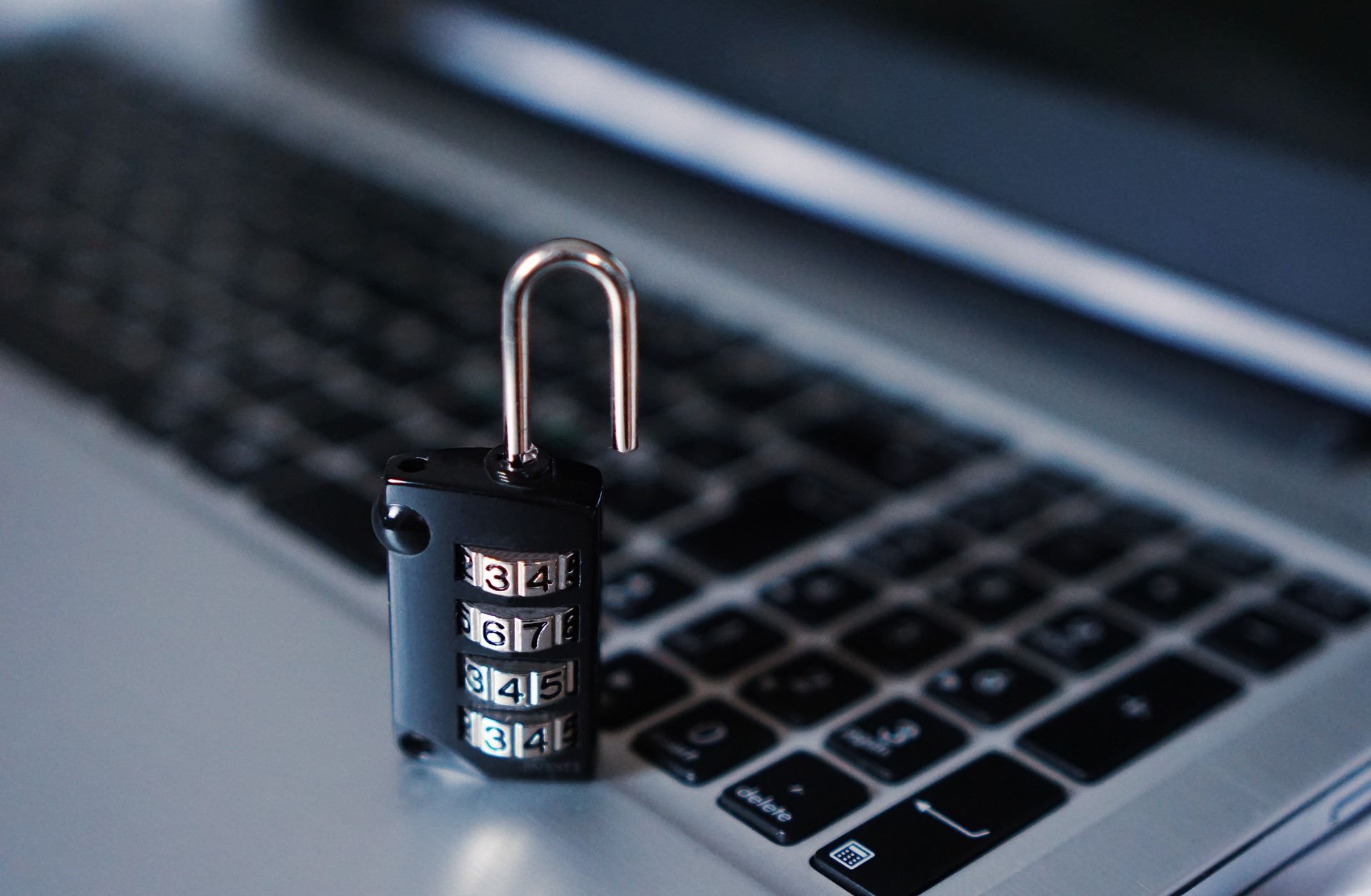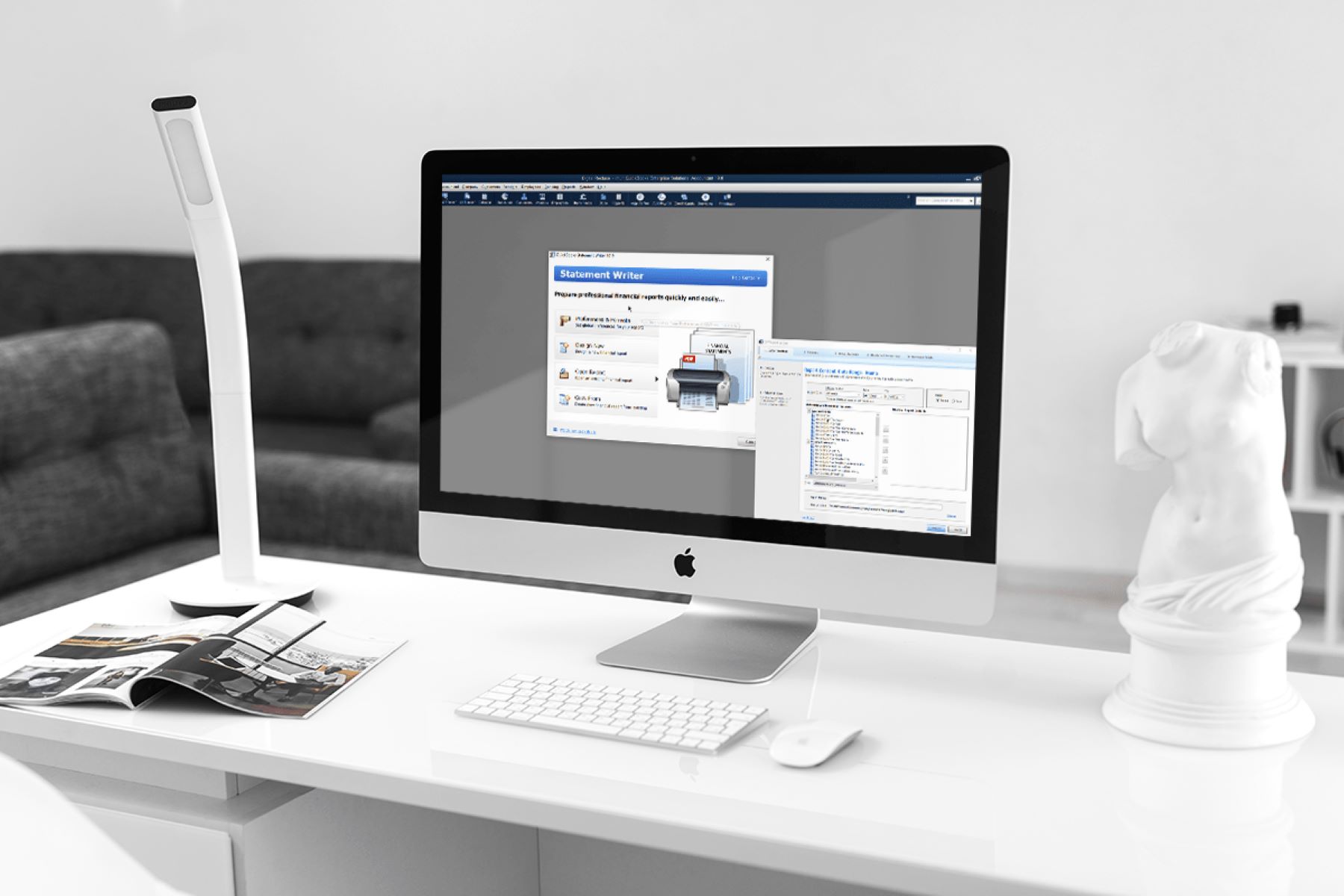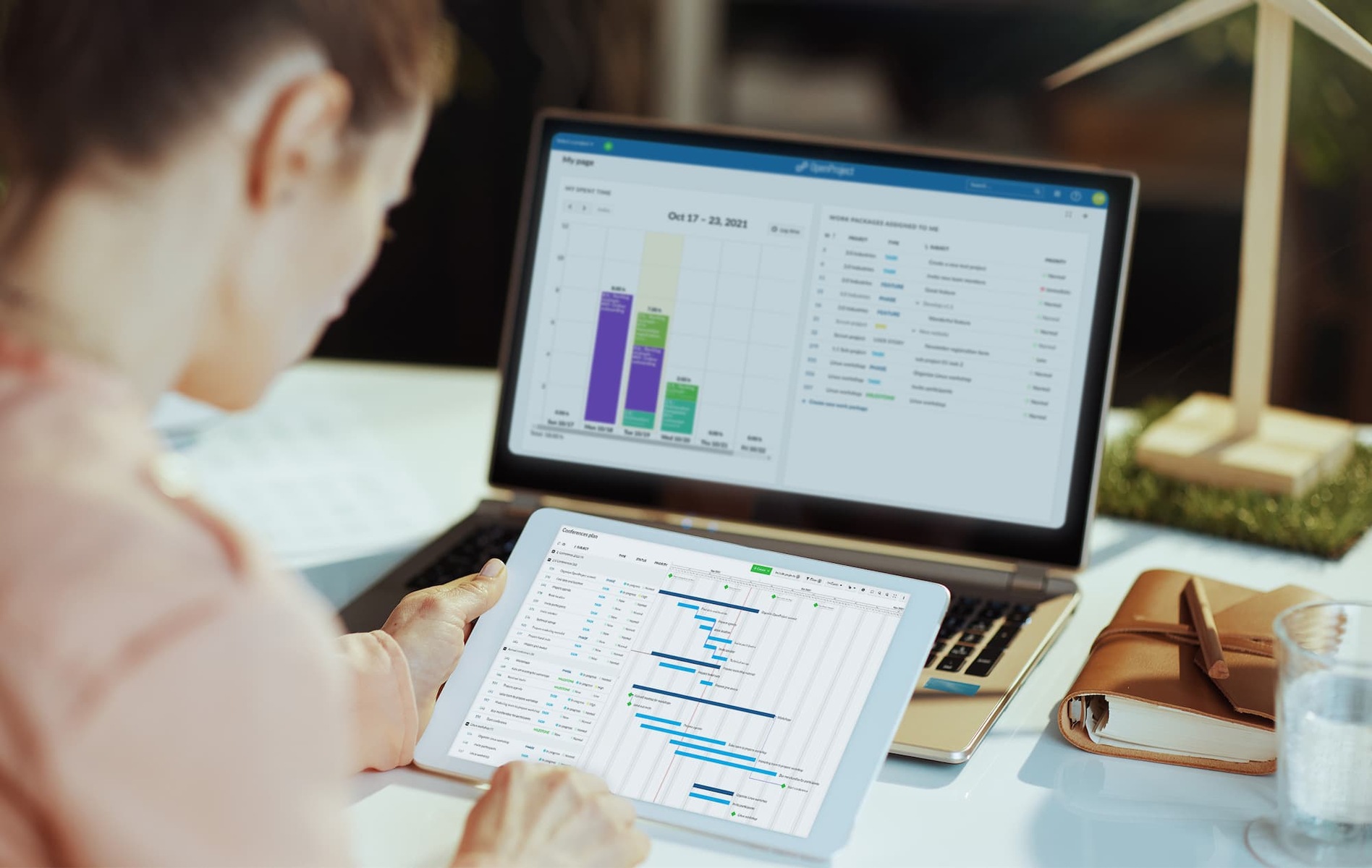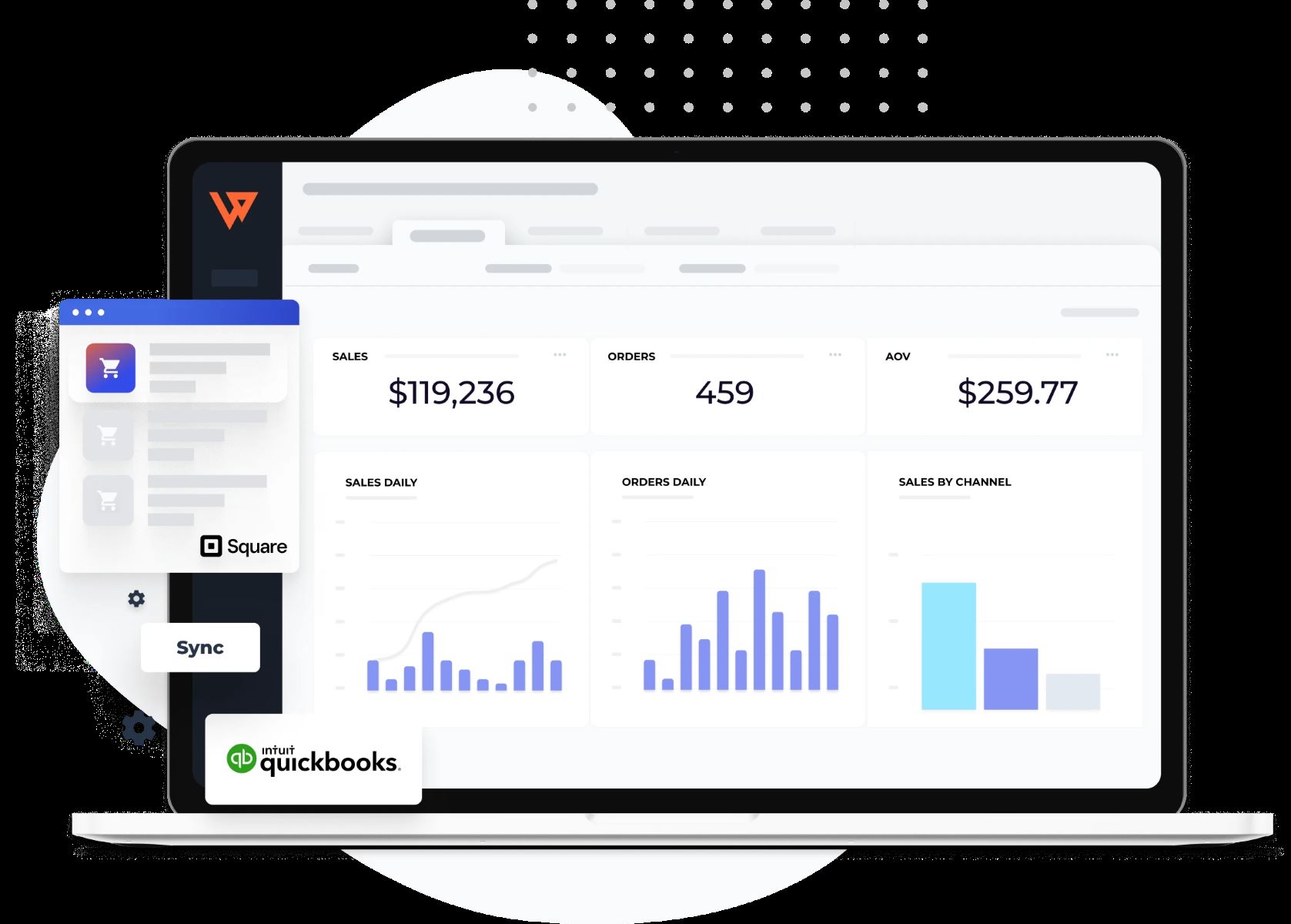Introduction
Welcome to the world of Quickbooks, the leading accounting software for businesses. Whether you are a small business owner or an accountant, Quickbooks provides a seamless and efficient way to manage your finances. One of the key features of Quickbooks is the ability to access your data from multiple workstations, allowing for collaboration and productivity.
In this article, we will guide you through the process of linking Quickbooks from a server to a workstation, enabling you to access your Quickbooks data from a remote location. This setup is particularly useful for businesses with multiple employees who need to work on Quickbooks simultaneously.
Before we delve into the steps, it’s important to understand the benefits of linking Quickbooks from a server to a workstation. Firstly, it streamlines your business operations by centralizing your financial data. This means that all your employees can access the same set of data, eliminating the need for manual synchronization. Secondly, it enhances collaboration and communication between team members, fostering a more efficient working environment.
In the following sections, we will break down the process into simple steps to help you easily link Quickbooks from a server to a workstation. This includes setting up Quickbooks on the server, connecting the workstation to the server, installing Quickbooks on the workstation, and finally establishing the link between the server and workstation.
So, without further ado, let’s jump right into it and learn how to successfully place a link to Quickbooks from the server to the workstation.
Step 1: Set up Quickbooks on the Server
Before you can link Quickbooks from the server to the workstation, you need to ensure that Quickbooks is properly set up on the server. Follow these steps to get started:
1. Make sure you have the server version of Quickbooks: Quickbooks offers a specific version that is designed to be installed and run on a server. This version is necessary to enable the server-client connection. If you don’t have the server version, you’ll need to purchase and install it before proceeding.
2. Install Quickbooks on the server: Once you have the server version, install it on your server computer. Follow the installation wizard and provide the necessary information, such as your license number and company details.
3. Set up Quickbooks database server manager: Quickbooks database server manager assists in managing your company’s Quickbooks files. It allows multiple users to access the company file while ensuring data integrity. During installation, you will be prompted to select the installation type. Choose the option to install database server manager, and follow the instructions to complete the setup.
4. Create a shared folder: To enable access to the Quickbooks data file from the workstation, you need to create a shared folder on the server. This can be done by right-clicking on the folder where your Quickbooks data file is located, selecting “Properties,” and then navigating to the “Sharing” tab. From there, click on “Advanced Sharing,” check the box that says “Share this folder,” and specify the name of the shared folder.
5. Grant appropriate permissions: It’s important to ensure that the shared folder has the appropriate permissions set. Right-click on the shared folder, select “Properties,” and go to the “Security” tab. Make sure that the necessary users or groups have the required permissions to access and modify the Quickbooks data file.
Once you have completed these steps, Quickbooks will be properly set up on the server. In the next step, we will guide you through the process of connecting the workstation to the server, paving the way for a seamless connection between Quickbooks on the server and the workstation.
Step 2: Connect the Workstation to the Server
Now that you have Quickbooks set up on the server, it’s time to connect the workstation to the server. Follow these steps to establish the connection:
1. Ensure both the server and the workstation are on the same network: For the workstation to communicate with the server, they need to be connected to the same network. Make sure both devices are connected to the same local area network (LAN) or virtual private network (VPN).
2. Map the server shared folder on the workstation: To access Quickbooks data on the server from the workstation, you need to map the shared folder. Open File Explorer on the workstation, go to “This PC,” and click on “Map network drive” in the toolbar. In the mapping dialog box, select the appropriate drive letter and enter the path of the shared folder on the server. Click “Finish” to complete the mapping process.
3. Test the connection between the workstation and the server: Once the mapping is complete, it’s important to verify that the workstation can access the shared folder on the server. Open File Explorer again, go to “This PC,” and click on the mapped network drive. If you can access the shared folder and see the Quickbooks data file, then the connection is successful.
4. Set up network sharing permissions: To ensure smooth communication between the server and the workstation, you need to configure network sharing permissions. Right-click on the mapped network drive, select “Properties,” and go to the “Sharing” tab. Click on “Advanced Sharing,” check the box that says “Share this folder,” and adjust the permissions as needed. Make sure the necessary users or groups have the appropriate access rights to the Quickbooks data file.
By completing these steps, you have successfully connected the workstation to the server. The next step is to install Quickbooks on the workstation itself, allowing you to access and work on the Quickbooks data using the workstation.
Step 3: Install Quickbooks on the Workstation
Now that the connection between the server and the workstation is established, it’s time to install Quickbooks on the workstation. Follow these steps to install Quickbooks and prepare the workstation for linking with the server:
1. Obtain the installation file: To install Quickbooks on the workstation, you will need the installation file. This can be obtained either from a physical installation disk or by downloading it from the Quickbooks website. Make sure you have a valid license or product key available to activate the software.
2. Run the installation file: Double-click on the Quickbooks installation file to launch the installation wizard. Follow the on-screen prompts and provide the required information, such as your license number and installation preferences.
3. Choose the workstation installation option: During the installation process, you will be prompted to select the type of installation. Choose the option that specifies the installation should be for a workstation, not for a server or a standalone computer.
4. Connect to the server file location: When prompted to select the Quickbooks company file, browse and navigate to the mapped network drive or the shared folder location on the server. Select the Quickbooks data file that you want to link with the workstation.
5. Complete the installation: Once you have provided all the necessary information, continue through the installation wizard until the process is complete. Make sure to follow any additional instructions or prompts that may appear during the installation.
After successfully installing Quickbooks on the workstation, you are now ready to establish the link between Quickbooks on the server and the workstation, allowing seamless access to the shared company file.
Step 4: Link Quickbooks from Server to Workstation
Now that Quickbooks is installed on both the server and the workstation, it’s time to establish the link between them. Follow these steps to link Quickbooks from the server to the workstation:
1. Open Quickbooks on the workstation: Launch Quickbooks on the workstation by double-clicking on the Quickbooks icon. If prompted, enter your login credentials to access the software.
2. Go to the File menu: Once Quickbooks is open, navigate to the File menu at the top left corner of the screen. Click on it to reveal the drop-down menu.
3. Select the option to open a company file: From the File menu, choose the option to open a company file. This will open a new window where you can specify the location of the company file.
4. Browse for the company file on the server: In the new window, click on the “Browse” button to locate the company file on the server. Navigate to the mapped network drive or the shared folder that contains the Quickbooks data file and select it.
5. Link the company file: Once you have selected the company file, click on the “Open” button to link it to the workstation. Quickbooks will establish a connection with the server and retrieve the necessary data.
6. Verify the link and access the company file: After linking the company file, Quickbooks will verify the connection and ensure that the data is accessible. Once the verification is complete, you will be able to access and work on the company file from the workstation.
By completing these steps, you have successfully linked Quickbooks from the server to the workstation. You can now seamlessly access and work on the Quickbooks data file from the workstation, ensuring collaboration and efficiency in managing your company’s finances.
Conclusion
Linking Quickbooks from a server to a workstation is an essential step in streamlining your financial management processes. By following the steps outlined in this article, you can efficiently set up Quickbooks on the server, connect workstations to the server, install Quickbooks on the workstations, and establish the link between them.
This setup provides numerous benefits for businesses. It centralizes your financial data, ensuring that all employees can access the same set of information without the need for manual synchronization. It enhances collaboration and communication between team members, enabling them to work seamlessly on Quickbooks simultaneously. This centralized approach also ensures data integrity and reduces the chances of errors or inconsistencies.
Remember to always have the server version of Quickbooks for proper installation on the server. Ensure both the server and the workstation are connected to the same network for successful connection. Map the server shared folder on the workstation to access Quickbooks data, and install Quickbooks on the workstation itself for local access.
By following these steps, you can take full advantage of the functionalities offered by Quickbooks and optimize your financial management processes. Whether you are a small business owner or an accountant, having a linked Quickbooks system can bring efficiency, collaboration, and accuracy to your day-to-day operations.
So, don’t hesitate to set up Quickbooks on your server, connect workstations to it, and improve the way you manage your finances. With Quickbooks at your fingertips from any workstation, you can focus on what truly matters – growing your business and making informed financial decisions.







